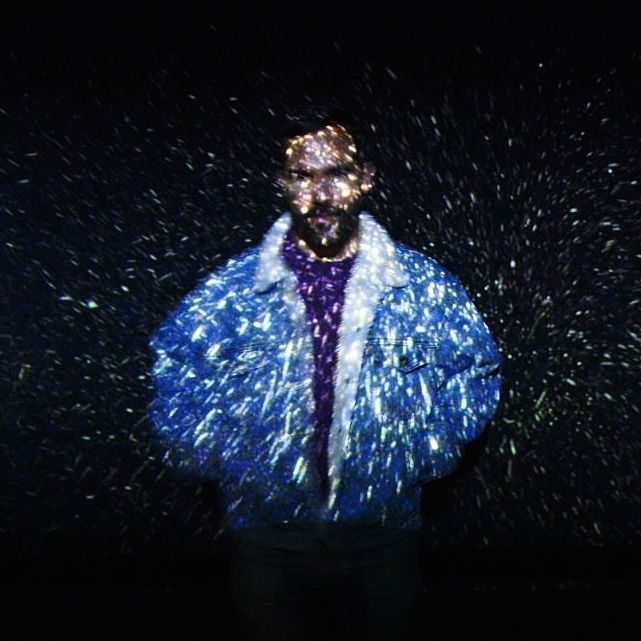PHOTOS & SPANISH VERSION BELOW
The Villa Medici in Rome, together with its garden, it is one of the most majestic of the Medicean villas. Located next to Villa Borghese Park, it was acquired by Ferdinand I de’ Medici, Grand Duke of Tuscany, in 1576. Since 1803 the building hosts the French Academy in Rome. It was precisely Ferdinand I de’ Medici who commissioned Bartolomeo Ammannati to complete the structure. It is the first property of the Florentine family in Rome, with which they reaffirmed their permanent presence in the city.
Ammannati incorporated bas-reliefs and Roman statues into the exterior design, thus enriching the appearance of the facades. Among the most prestigious works of art are the Niobe Group and the Wrestlers, both discovered in 1583 and acquired by Cardinal Fernando I. The sculptures of the villa were transferred to the Uffizi Gallery in Florence around 1770. In 1737, when the Medici saga became extinct, the villa was taken over by the house of Lorena and later by Napoleon Bonaparte, who moved there the French Academy in Rome, where it remains until today. With more than seven hectares, the splendid garden of Villa Medici Rome still retains most of its primeval splendor.
Villas mediceas #4: Villa Medici Roma
La Villa Medici de Roma, y su jardín, puede que sea la más majestuosa de las villas mediceas. Situada junto al parque Villa Borghese, fue adquirida por Fernando I de Medici, Gran Duque de Toscana, en 1576, y alberga en la actualidad y desde 1803 la Academia Francesa en Roma. Fue precisamente Fernando I de’ Medici quien encargó a Bartolomeo Ammannati la finalización de la estructura. Se trata de la primera de las propiedades de la familia florentina en Roma con la cual reafirmaron su presencia permanente en la ciudad.
Ammannati incorporó en el diseño exterior bajorrelieves y estatuas romanas, enriqueciendo así la apariencia de las fachadas. Entre las obras más prestigiosas de la villa se cuentan el Grupo de Níobe y los Luchadores, ambas descubiertas en 1583 y adquiridas por Fernando. Las esculturas de la villa fueron trasladadas a la Galería de los Uffizi de Florencia hacia 1770. Cuando los Medici se extinguieron en 1737, la villa pasó a manos de la casa Lorena y, posteriormente a Napoleón Bonaparte, quien la cedió a la Academia Francesa en Roma. Con más de siete hectáreas, el espléndido jardín de Villa Medici Roma aún conserva la mayor parte de su esplendor primigenio.








































